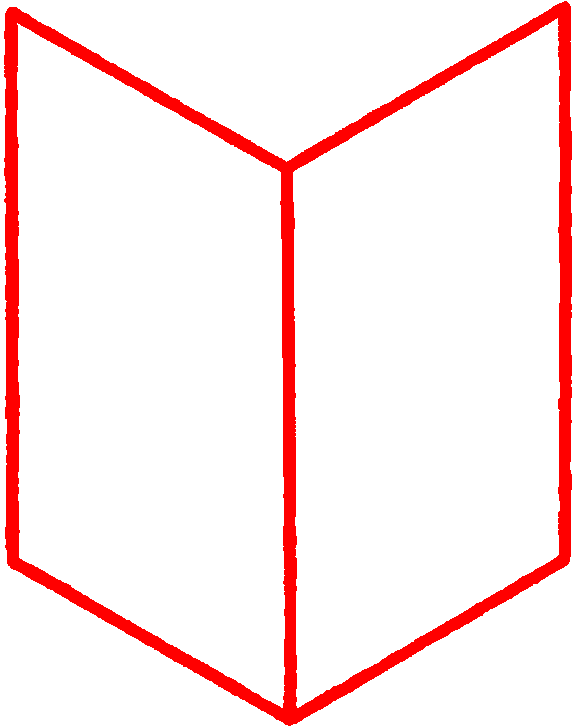In the early 1980s, on the pages of academic design journal Visible Language, a classic thesis-antithesis-synthesis played out around the technological and philosophical fine points of computer-assisted type design. Stanford professor Donald Knuth begins with his article, “The Concept of a Meta-font” (Winter 1981). Two years prior, Knuth had conceived and programmed MetaFont — a software that enabled users to generate unlimited numbers of fonts by controlling a limited set of parameters. The article is a performative account of his intervening attempts, using MetaFont to harness the essential “intelligence” of letterforms. In Knuth’s view, the way a single letter is drawn — an a priori A, say — presupposes and informs all other letters in the same font. This information can be isolated, turned into a set of instructions, and put to work computer-automating the generation of new characters by filling in the features between two or more variables such as weight or slant.

